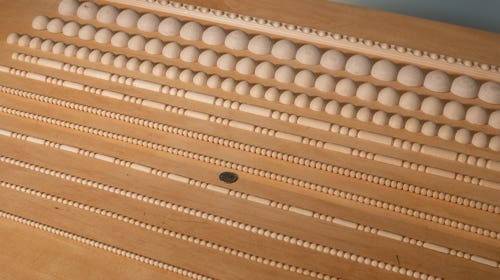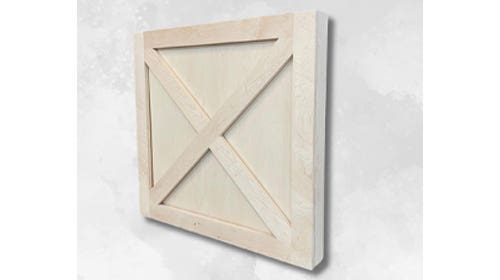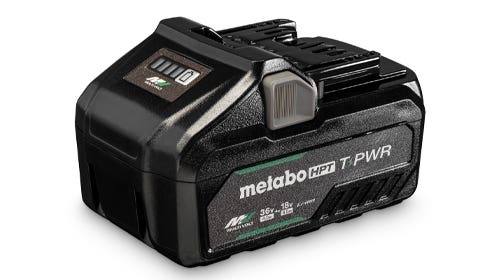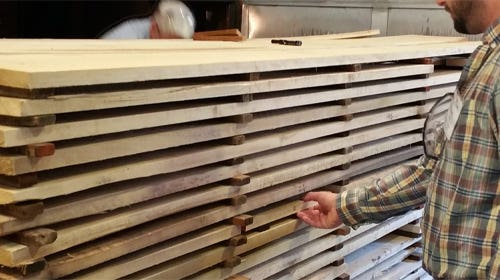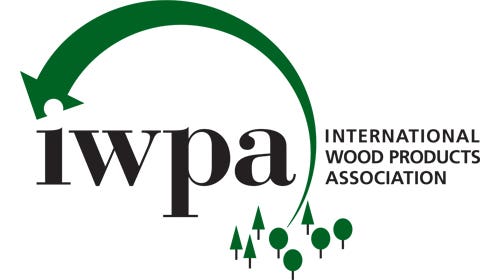Yellow birch flies under the radar
While certain mainstream domestics dominate the hardwood market year after year, there’s a less appreciated species just waiting to be brought into the workshop: yellow birch (Betula alleghaniensis). Comparative to…
While certain mainstream domestics dominate the hardwood market year after year, there’s a less appreciated species just waiting to be brought into the workshop: yellow birch (Betula alleghaniensis). Comparative to hard maple in density and appearance, it has its own set of advantages with price and stark color contrasts, according to suppliers interviewed by Woodshop News.
Yellow birch offers a few different products with its muted yellowish white sapwood and a bold red heartwood, says Ron Baker of Baker Lumber in White River Junction, Vt.
“You could get a combination of color if you want by getting it unselected which has the red and white together. Or you could just get the sapwood, which is pretty close to white, or you could go to the red birch, the heartwood, which is very pretty. It’s got that real red color to it for something a little different, and it’s not super expensive,” says Baker.
Baker, who gets his supply from Canada, says boards are available in all of the above and in standard widths from 4” to 7” to wider selections at 8” and above. Still, customers tend to be a bit hesitant.
“Yellow birch is not exactly a real hot item. We don’t sell large volumes of it. I’m not quite sure why. It could be that yellowish color. It’s not exactly white like maple, and the grain is also pretty coarse, so it’s a little harder to work with,” Baker says. “But if you get the unselected you still get the red and you get both colors and it makes a really nice looking floor, or you can buy just the sap and better, which is what we buy the most, that is pretty close to white and you can use it for cabinet doors.”
Doug White of Doug White Hardwoods in Marissa, Ill. is a proponent of yellow birch, but says it has had its heyday and is rather difficult to find.
“It’s not really selling like it should be. We don’t push it that much. It’s just out of favor right now. In the 50’s and 60’s, all kitchens around here were made with yellow birch, but in more recent times we went through the oak stage,” says White.
“Hickory and hard maple are comparative to it and they’re the two selling for us. Birch just isn’t asked for. We are trying to push this white birch, but if I had my preference, it would be the yellow birch. It’s a very nice-looking wood. We sold some to a guy making bookshelves and when he put the finish on this yellow tone just popped out. It was just beautiful,” says White.
White also says appearance and workability varies greatly depended on its growing location.
“I try to get it whenever I can. The only place I’ve ever found a good source for it was out of Canada. Canadian birch grows slower and has a tighter grain, so it works a lot better and stays straighter than anything we get around here.”
Doug Grove of Groff & Groff lumber in Quarryville, Pa. says he doesn’t sell much yellow birch but sees an increased interest in the figured red when available.
“The flamed birch is pretty, and it seems to sell quickly. It’s tough to get. It’s not as prevalent as curly maple would be. But birch is less stable and gets more tear out. Maple is a lot easier to work. It’s a good substitute for beech if you can’t find beech,” says Grove.
Retail prices for 4/4 yellow birch were quoted at $3.56/bf for unselected, $3.75/bf for sapwood, and $5.85/bf for red in 4”-7” widths.
This article originally appeared in the December 2019 issue.


